Pond Maintenance for Water Clarity and Health
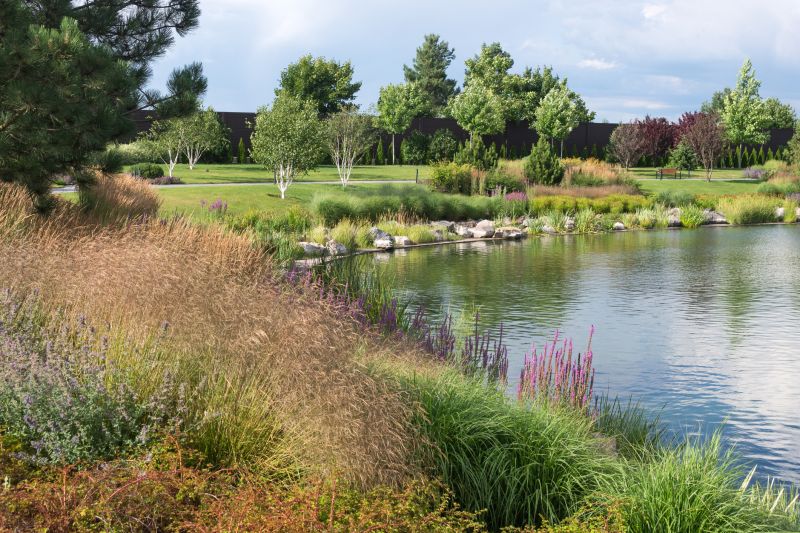
Spring is ideal for pond maintenance to remove debris accumulated over winter and prepare for warmer months.
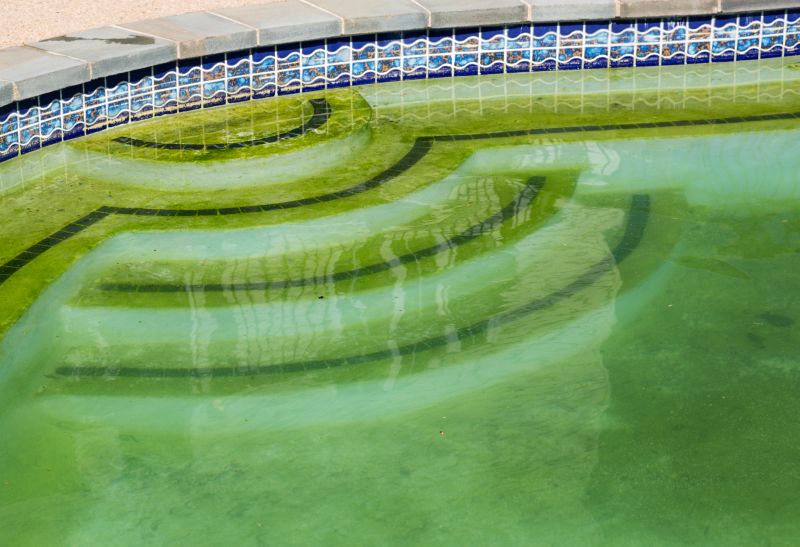
Regular maintenance during summer helps prevent algae growth and keeps water quality optimal.
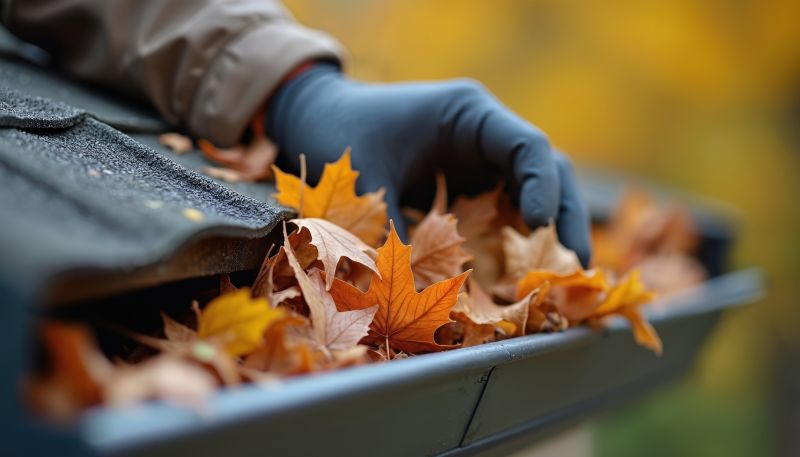
Fall maintenance involves cleaning and preparing the pond for winter conditions.

Ways to make Pond Maintenances work in tight or awkward layouts.

Popular materials for Pond Maintenances and why they hold up over time.
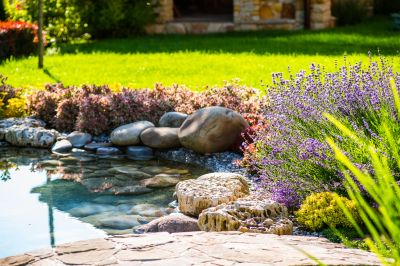
Simple add-ons that improve Pond Maintenances without blowing the budget.
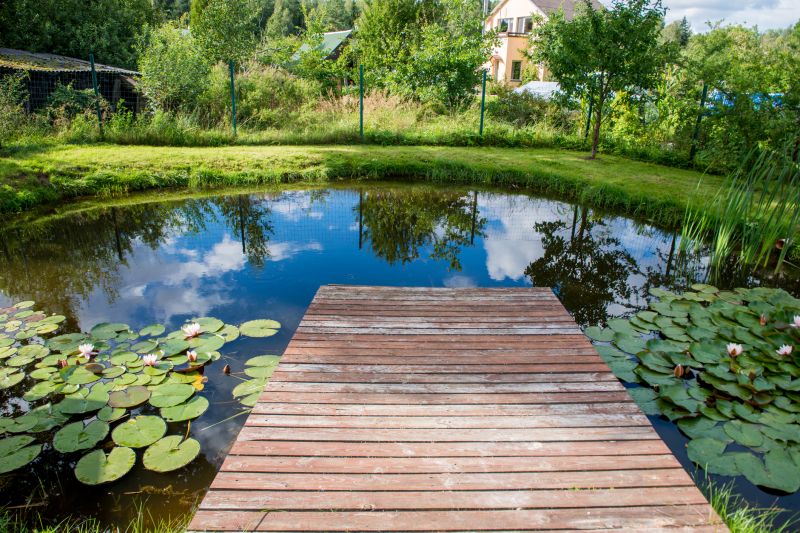
High-end options that actually feel worth it for Pond Maintenances.
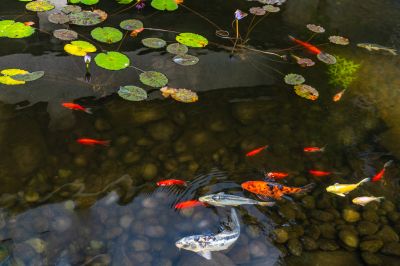
Finishes and colors that play nicely with Pond Maintenances.
Pond maintenance is essential for ensuring water clarity, healthy aquatic life, and the longevity of pond features. Proper timing of maintenance activities can prevent common issues such as algae overgrowth, debris buildup, and water quality decline. Seasonal adjustments are necessary to align maintenance efforts with environmental changes, making the process more effective and less disruptive.
Statistics show that ponds maintained regularly during optimal times experience fewer problems and require less intensive cleaning. For example, spring cleaning can reduce algae by up to 40%, while fall preparation minimizes winter damage. Consistent upkeep enhances pond aesthetics and supports aquatic ecosystems, making timing a crucial factor in pond management strategies.
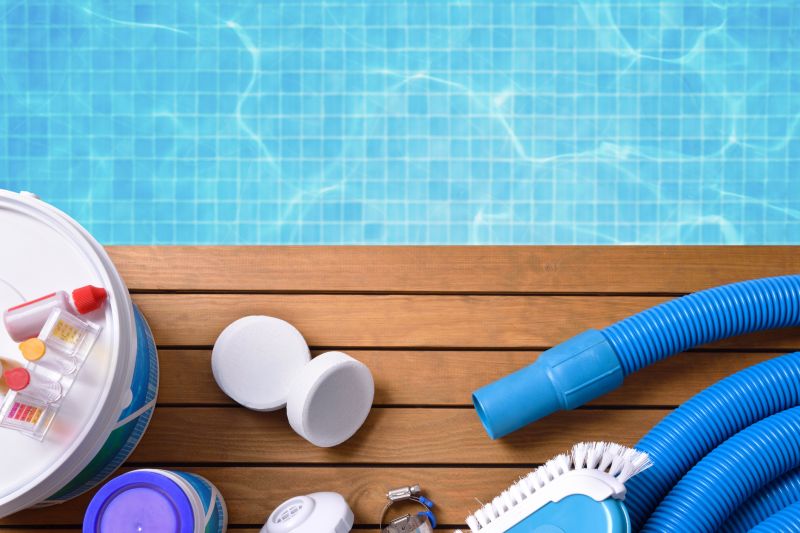
Activities include debris removal, water testing, and equipment checkups.

Focuses on algae control, aeration, and water circulation.
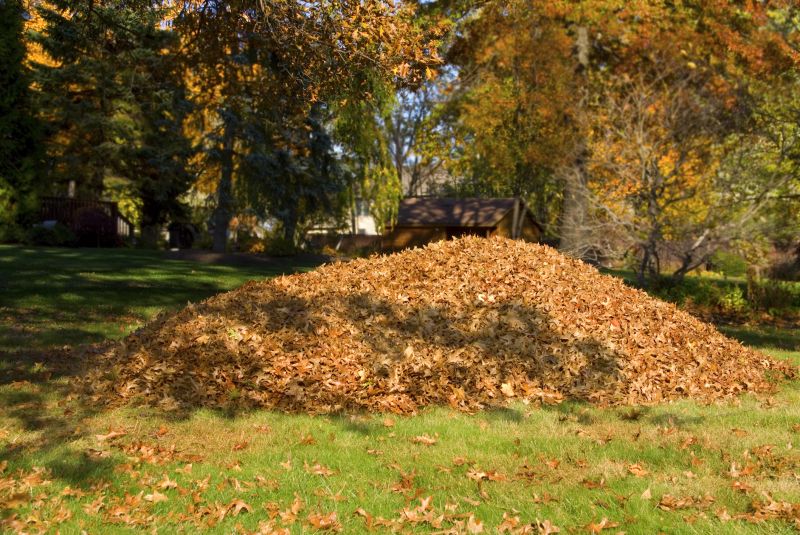
Involves leaf removal, pond aeration adjustments, and winterization preparations.

Ensures pond safety and prevents ice damage through proper insulation.

Little measurements that prevent headaches on Pond Maintenances day.

A 60-second routine that keeps Pond Maintenances looking new.

A frequent mistake in Pond Maintenances and how to dodge it.
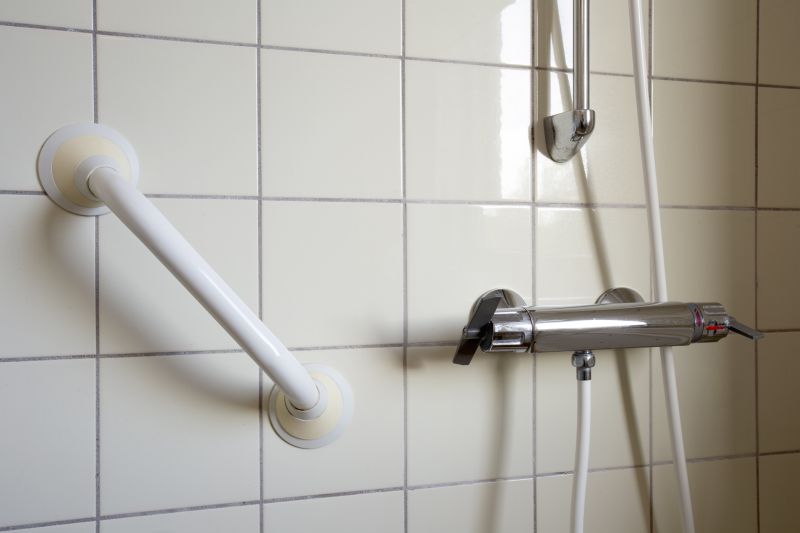
Small tweaks to make Pond Maintenances safer and easier to use.
| Season | Recommended Maintenance Activities |
|---|---|
| Spring | Debris removal, water testing, equipment inspection |
| Summer | Algae control, aeration, water circulation |
| Fall | Leaf removal, pond aeration adjustments, winterization |
| Winter | Ice prevention, insulation, monitoring |
Understanding the best times for pond maintenance can lead to healthier aquatic environments and reduced long-term costs. Each season presents unique challenges and opportunities for effective upkeep. Proper scheduling ensures that ponds remain clear, balanced, and visually appealing throughout the year.

Clearing accumulated leaves and organic matter from the pond surface.

Controlling algae growth with appropriate treatments and aeration.
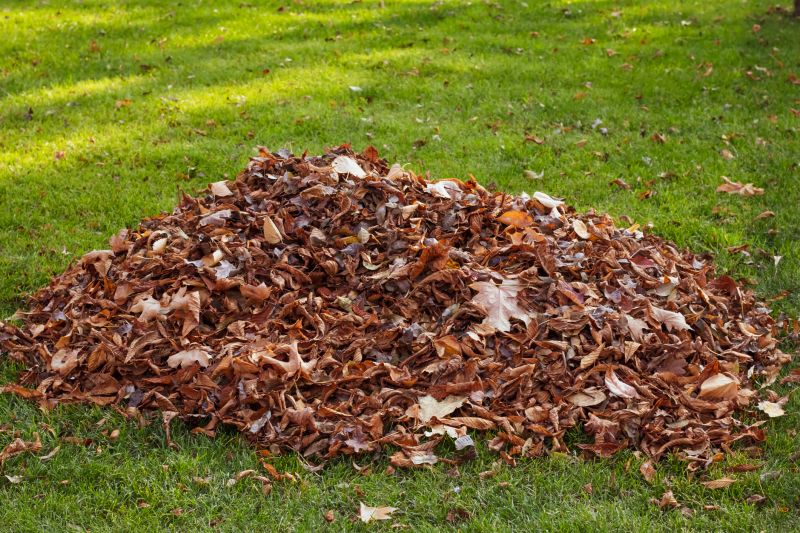
Removing fallen leaves to prevent decay and water quality issues.

Using pond covers and aerators to prevent ice damage.

Lower-waste or water-saving choices for Pond Maintenances.

The short, realistic tool list for quality Pond Maintenances.
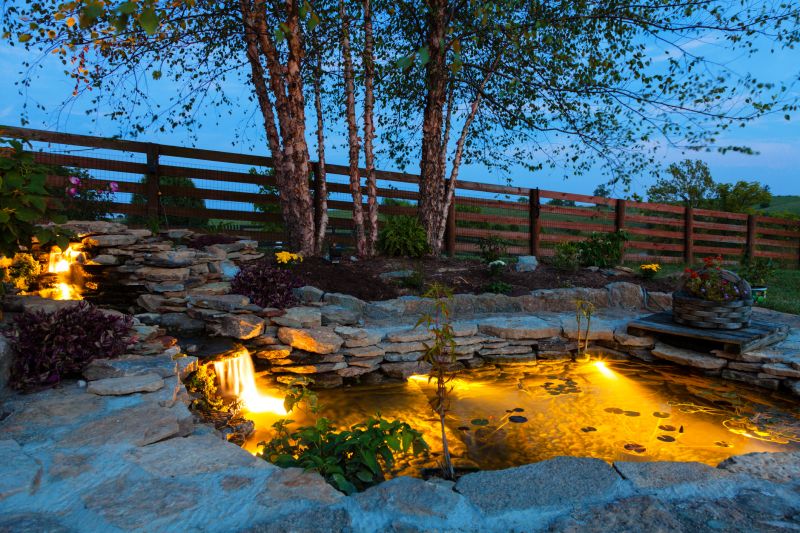
Rough timing from prep to clean-up for Pond Maintenances.
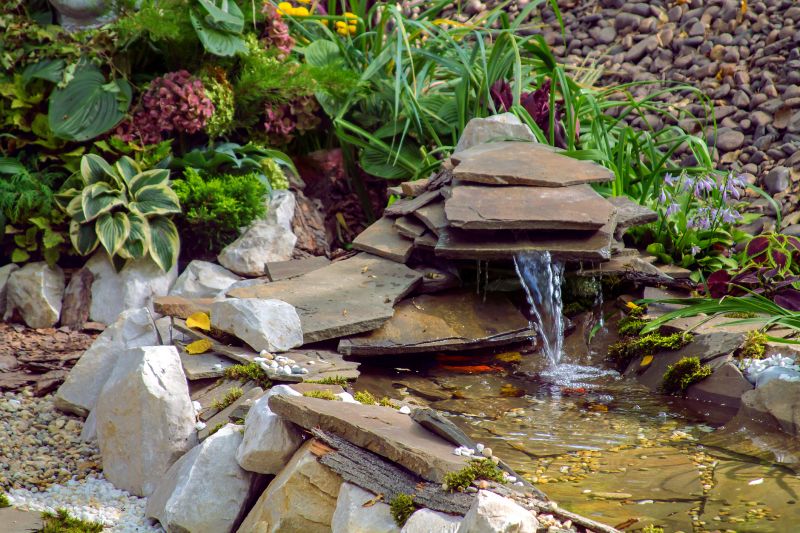
Quick checks and paperwork to keep after Pond Maintenances.
Consistent upkeep prevents algae buildup, improves water clarity, and extends pond lifespan.
Excessive algae, foul odors, and murky water indicate the need for attention.
Enhances water quality, supports aquatic life, and maintains pond aesthetics.
Debris removal, water testing, equipment inspection, algae control.
Maintaining a pond at appropriate times throughout the year promotes a healthy aquatic environment and enhances visual appeal. Proper scheduling and execution of maintenance activities are vital for long-term pond health and enjoyment.
Interested in scheduling pond maintenance? Filling out the contact form provides an opportunity to discuss tailored maintenance plans that suit specific pond requirements.



